How to take care of facial skin
Date: 2022-03-02 Categories: Industry News Hits: 1113 From: CharmyLady Tech., (Guangzhou), Co., Ltd
1. Do you know when to start maintenance?
The epidermis begins to age and withers around the age of 25, and because of its slowness and latent nature, it is easy to make you misjudge: when you see vertical and horizontal wrinkles and pay attention to maintenance, it is too late. It is a common-sense truth that protecting the face and preventing skin aging is easier than rejuvenating it after aging. You're not yet 25, and that's great.
When you start to avoid those factors that are unfavorable to the skin from this age and pay attention to necessary maintenance, then the "first signal" of aging will delay its appearance again and again, so that you have more young capital. You think that you are already over 25 years old, and the maintenance is too late, so let it go! If so, you will be wrong again and again. You are one step too late, so work harder. Here I will tell you how to "diagnose" your own skin. And introduce experts' advice and "prescriptions" to modify the skin to revive the skin. As long as you do what you say, miracles will happen. As long as you believe: "No maintenance can only be worse than maintenance", you will believe that it is never too late to start.
2. Do you know the common sense of skincare?
You don't need to be a physiologist first to maintain your skin, but understanding the most basic common sense of skin growth may make you less blind to negative effects in the maintenance process.
The skin structure is divided into three layers: epidermis, dermis, and subcutaneous tissue.
The outer layer is the epidermis, and its functions are diverse, but the most important is to protect the skin from external damage. The layers below the epidermis are active, new cells are constantly being produced, and as they mature, they reach the surface of the epidermis, but by the time they reach the epidermis, they are essentially dead, forming keratin, and finally peeling off layer by layer as scales or flakes. This process generally takes about a month.
What you need to remember is that the stratum corneum, which is made up of dead cells, becomes very soft when exposed to water, and when it is dehydrated, it becomes very brittle, making the skin look unhydrated at all. Fortunately, the dead layer at the top will continue to fall off, and the new cells below will continue to grow. But unfortunately, after the age of 25, this metabolic process will gradually slow down, so we have to create some conditions to promote this shedding process to speed up.
How to create these conditions and how to deal with dry and rough skin will be introduced to you one by one in the following relevant places.
The dermis below the epidermis is the home base of oil glands, sweat glands, hair follicles, and blood vessels. The dermis is the support system of the skin. It contains collagen, a very important elastin protein, which is very important to the elasticity, luster, and suppleness of the skin.
Here's how it works: When you smile, frown, or make any kind of expression, the elastic collagen helps the skin return to its original position. When elasticity diminishes, temporary expression lines and wrinkles become permanent. Moreover, the dermis, the skin support system, will not be able to support the "heavy" skin due to the degradation of collagen.
So the skin starts to puff up and sag. You also need to remember the following: Strictly speaking, the metabolism of collagen from infancy is in a process of "aging". Of course, it is not impossible to control this decay process of collagen to a certain extent.
3. Which skin type are you?
You can judge your skin type based on the following phenomena.
Normal skin
If the skin pores are not obvious, the skin is delicate, smooth, and elastic, the oily luster of the skin is looming when looking at it in the morning, the oily luster appears near noon after makeup, and the facial T-zone (forehead, nose, and chin) is greasy; shampoo 4. Hair is slightly sticky after five days and tends to change with the seasons: cold and dry, hot and oily. For this reason, you are normal-skinned.
Dry skin
If the skin pores are not clear, the skin is dull, the epidermis is thin and brittle, and there are many fine wrinkles. No oily luster on the face in the morning, no shine for a long time after makeup; hair is neither sticky nor shiny after a week of shampooing; earwax is dry; it feels rough to touch. For this, you belong to the sexual skin.
Oily skin
If the skin pores are very obvious, most of the time it is greasy and shiny, and the face is shiny in the morning, and it is easy to wash off with soap. The face is prone to acne and acne, and the face is greasy within two hours after applying makeup; there is stickiness the day after shampooing; the earwax is oily. Of course, for this, you must be classified as oily skin.
4. Do you know what kind of skin is best?
Among the three skin types, neutral skin is normal healthy skin. But if you have oily skin, there is no need to regret it. Yes, this type of skin is clogged with pores due to the strong secretion of oil, resulting in poor excretion, prone to some acne and pimples, and if it is not maintained well, the skin will become rough, and the makeup will also fall off easily, which is really annoying. But if I told you that your skin's oil production decreases with age, you'd probably be thankful for your oily skin.
The once-proud neutral skin tends to become rough as it dries, and acne-prone skin, rich in natural "underground resources", may become prettier with age. With that said, the worst is dry skin. But if people with dry skin put more effort into taking care of them than others, the results will still make you optimistic.


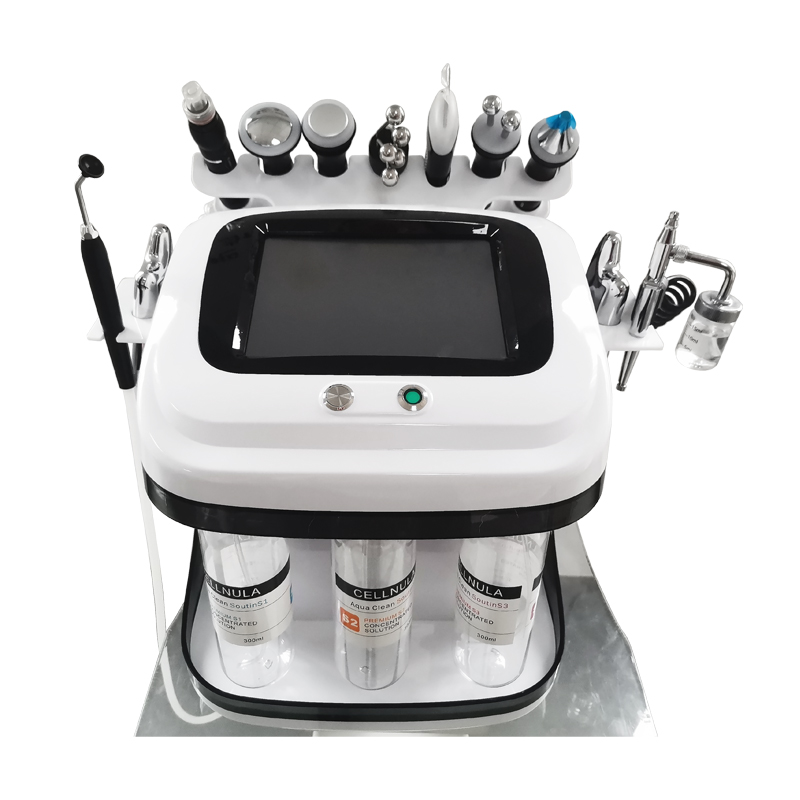 10 IN 1 Facial Care Hydria Machine
10 IN 1 Facial Care Hydria Machine  6 Function Heads First Generation Hydra H2O2 Hydrogen Oxygen RF Sprayer Face Beauty Machine
6 Function Heads First Generation Hydra H2O2 Hydrogen Oxygen RF Sprayer Face Beauty Machine  DR Facial Synthesizer
DR Facial Synthesizer  8-in-1 8 Function Heads Black Pearl Hydra Skin Beauty Apparatus
8-in-1 8 Function Heads Black Pearl Hydra Skin Beauty Apparatus  8in1 Hydra Facial Multi-function Beauty Machine
8in1 Hydra Facial Multi-function Beauty Machine  15in Screen 600W 808nm Hair Removal Machine
15in Screen 600W 808nm Hair Removal Machine  4 in 1 Elight +808nm Diode Laser+q Switched nd yag Laser +RF Multifunctional Beauty Machine
4 in 1 Elight +808nm Diode Laser+q Switched nd yag Laser +RF Multifunctional Beauty Machine 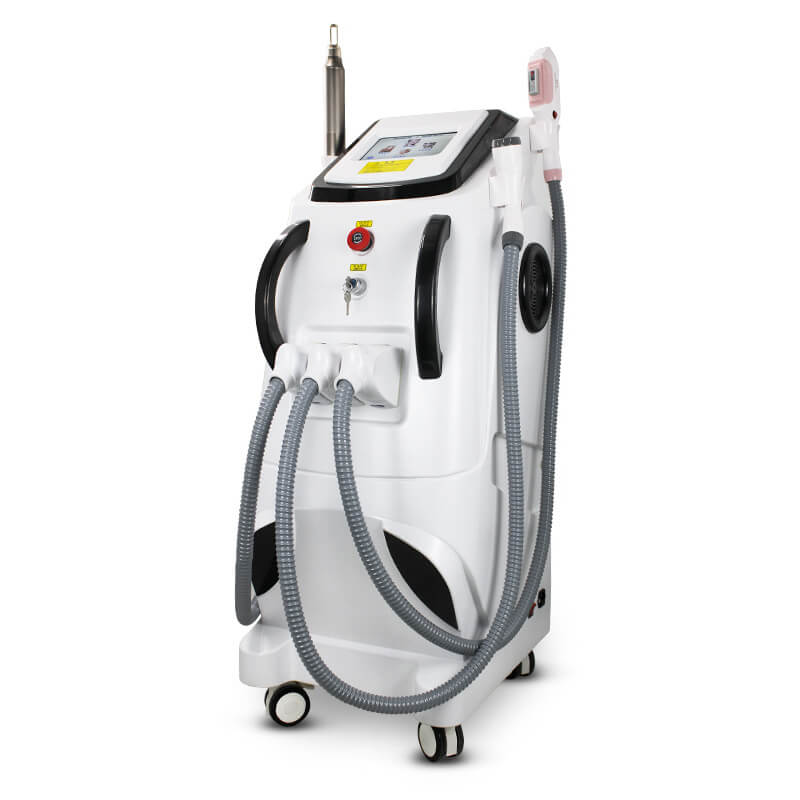 4 in 1 HIFU Thermagic Anti-aging Beauty Instrument
4 in 1 HIFU Thermagic Anti-aging Beauty Instrument  808 Diode Hair Removal Laser Machine
808 Diode Hair Removal Laser Machine  Double Screen 4 in 1 HIFU Multifunctional 360 Magneto Optical ND Yag Laser RF Beauty Machine
Double Screen 4 in 1 HIFU Multifunctional 360 Magneto Optical ND Yag Laser RF Beauty Machine  Rechargeable E6 Electric Nano Derma Pen
Rechargeable E6 Electric Nano Derma Pen  Charm 2in1 Plasma Beauty Machine
Charm 2in1 Plasma Beauty Machine 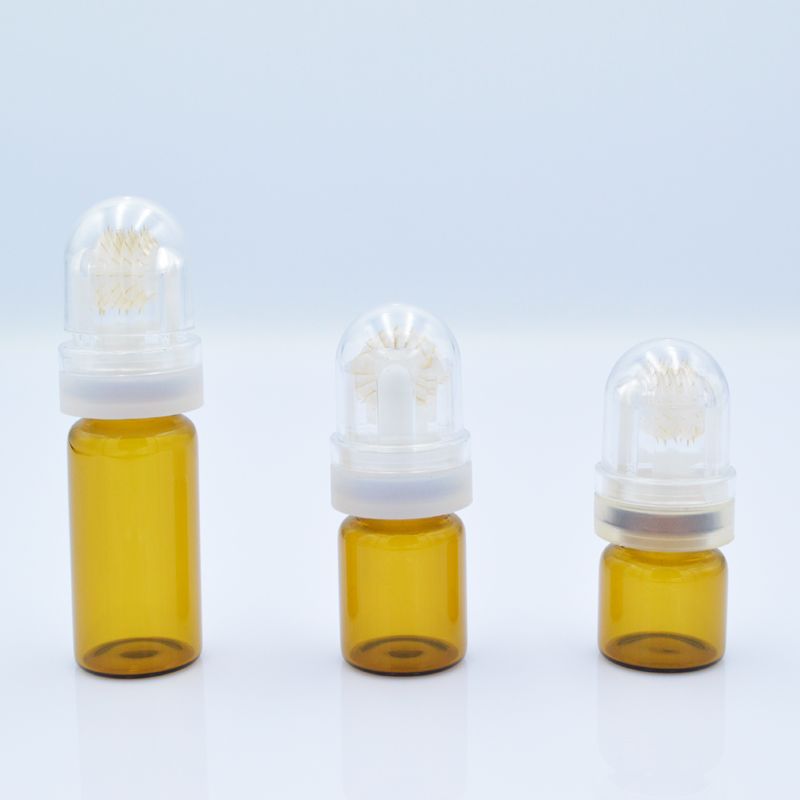 New 64 water soluble needle
New 64 water soluble needle 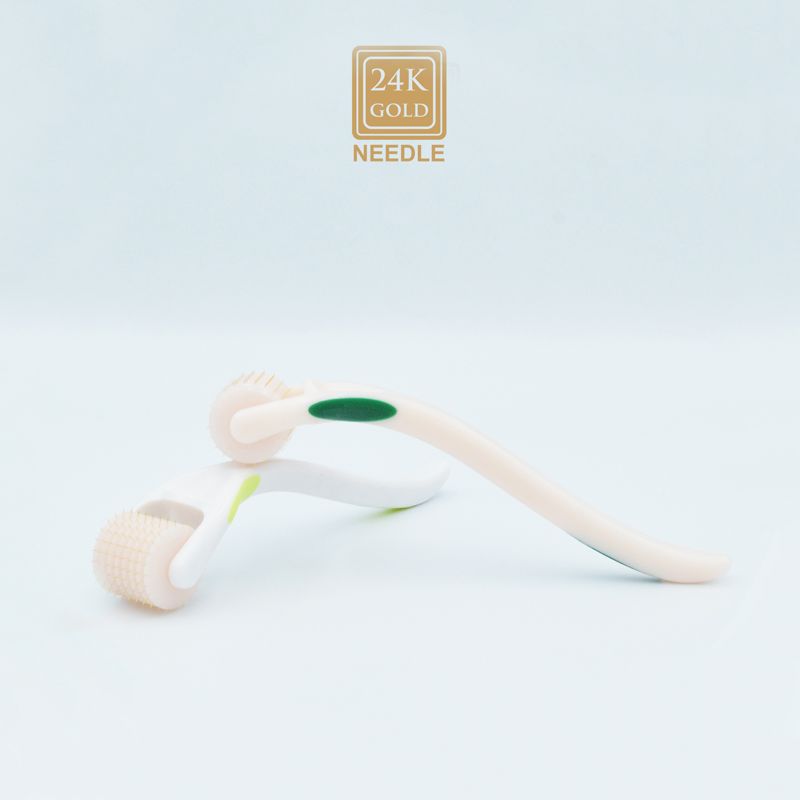 New 192 Microneedle Roller
New 192 Microneedle Roller 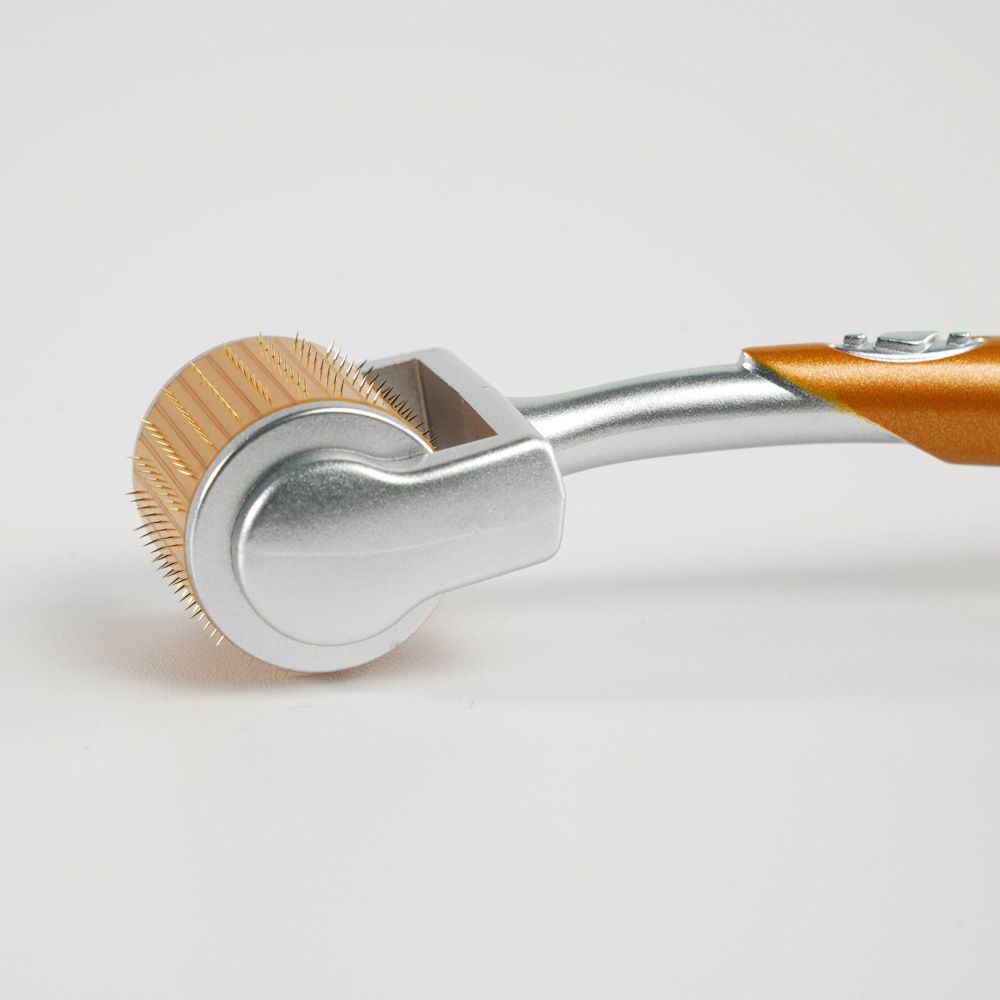 Titanium Needle Leather Roller Micro
Titanium Needle Leather Roller Micro  360 Degree Fat Freeze Cryolipolysis Slimming Machine
360 Degree Fat Freeze Cryolipolysis Slimming Machine  7D Lifting Apparatus
7D Lifting Apparatus  9 in1 Ultrasonic Laser Fat Exploding Apparatus
9 in1 Ultrasonic Laser Fat Exploding Apparatus  5 in 1 Portable Mini Fat Exploding Instrument
5 in 1 Portable Mini Fat Exploding Instrument  5 in 1 40k ultrasonic cavitation vacuum body slimming instrument
5 in 1 40k ultrasonic cavitation vacuum body slimming instrument  Seven Colors Spectrograph Cold and Warm SPA Skin Rejuvenation
Seven Colors Spectrograph Cold and Warm SPA Skin Rejuvenation  Seven Colors Spectrograph Cold and Warm SPA Skin Rejuvenation
Seven Colors Spectrograph Cold and Warm SPA Skin Rejuvenation 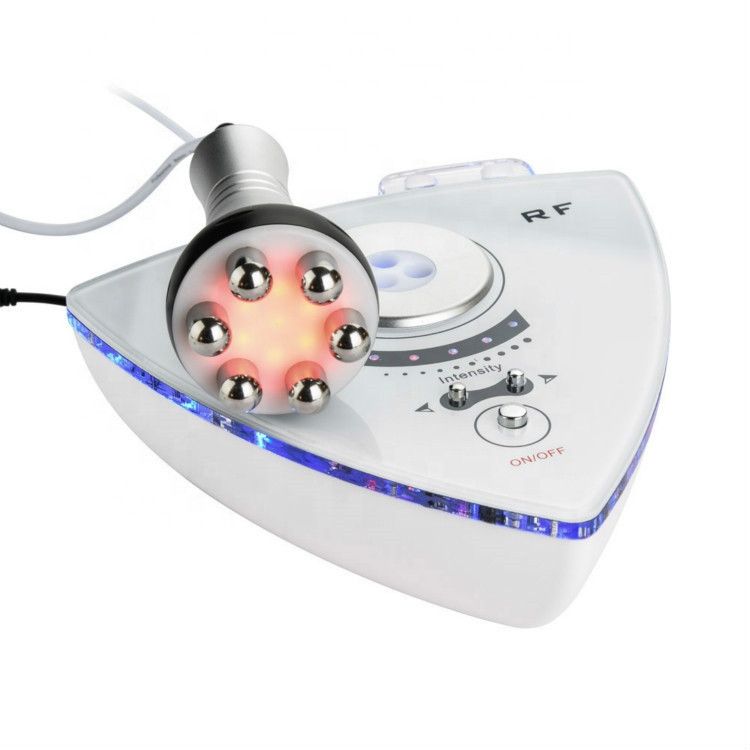 Household RF Lifting Machine (Level 6)
Household RF Lifting Machine (Level 6)  Household RF Lifting Machine (Level 4)
Household RF Lifting Machine (Level 4)  Household RF Lifting Machine (Level 3)
Household RF Lifting Machine (Level 3)  Kegel Exercise EMS Vainal Tightening Device
Kegel Exercise EMS Vainal Tightening Device  Breast Max Mutifunctional body Shape Care Vacuum Machine
Breast Max Mutifunctional body Shape Care Vacuum Machine  Nine-in-one Hydrogen and Oxygen Micro-Carving Instrument
Nine-in-one Hydrogen and Oxygen Micro-Carving Instrument  2 in 1 HIFU+Thermagic Anti-aging Beauty Instrument
2 in 1 HIFU+Thermagic Anti-aging Beauty Instrument 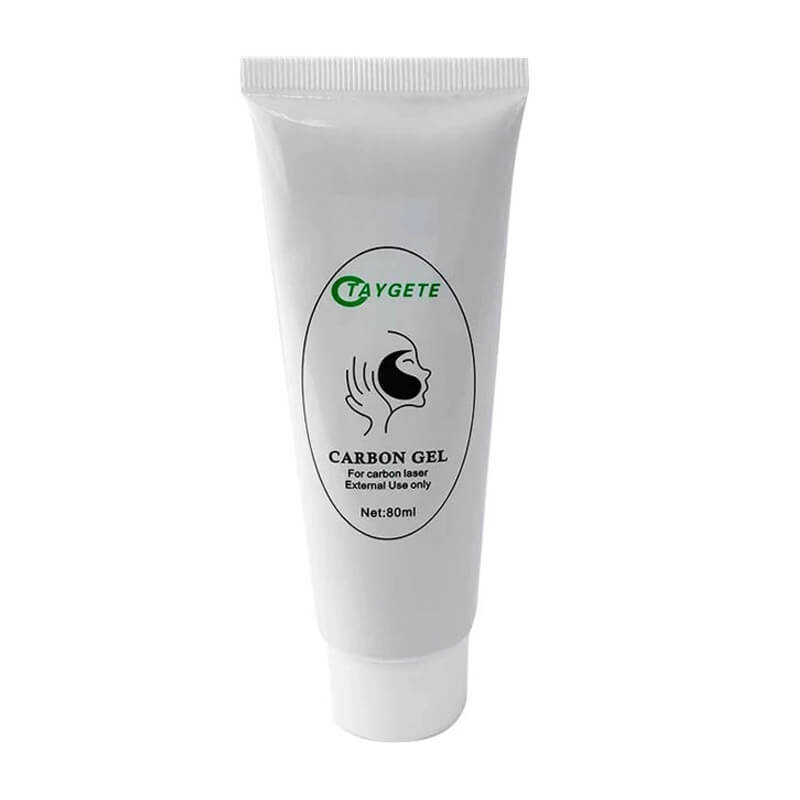 Carbon Gel For Laser Treatment Facial Nd Yag Cream Carbon
Carbon Gel For Laser Treatment Facial Nd Yag Cream Carbon 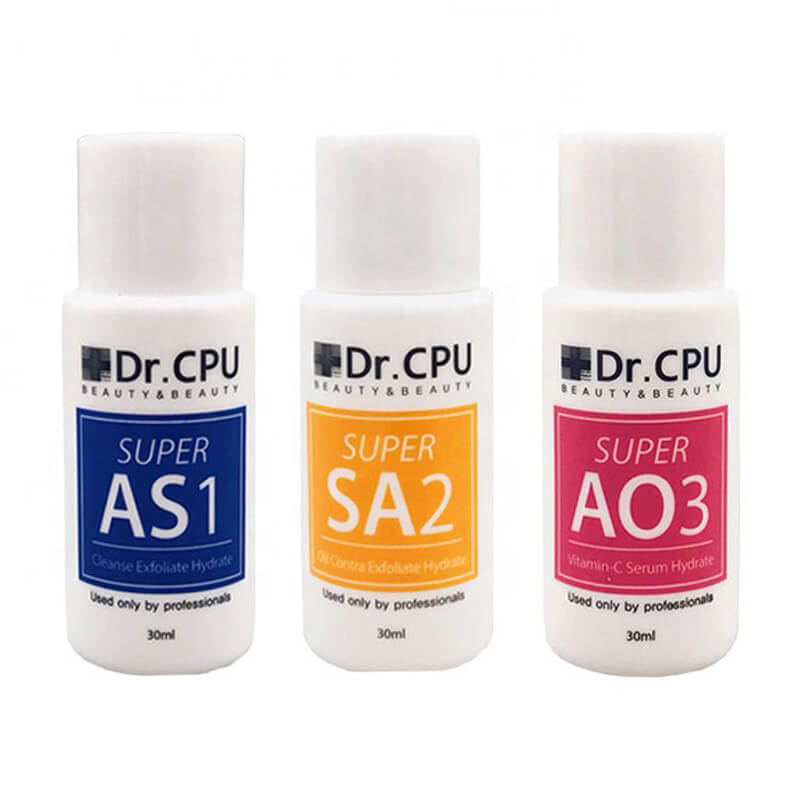 DR. CPU Serums
DR. CPU Serums  Serums of Hydra Facial Machine
Serums of Hydra Facial Machine